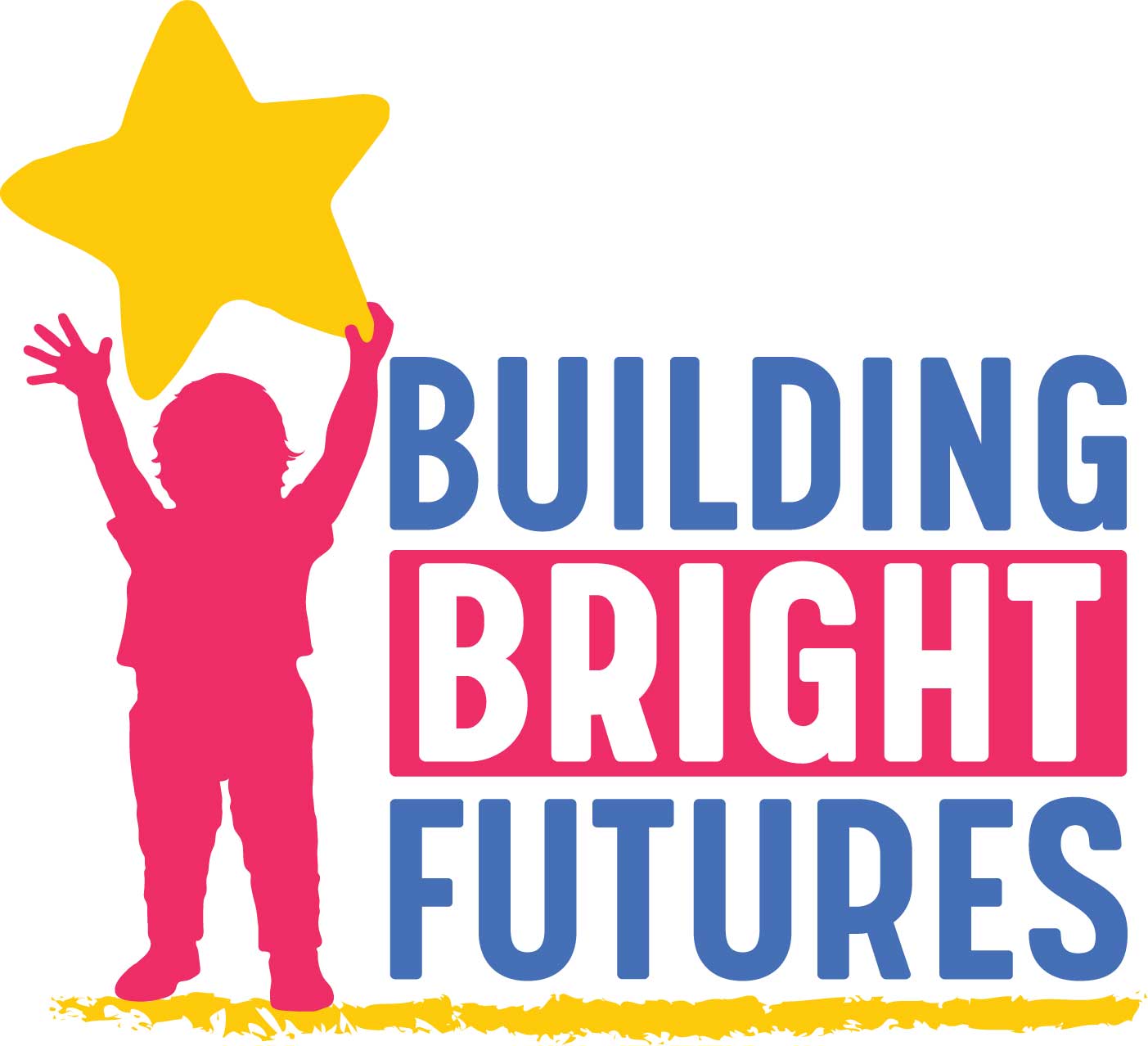Those of you in the field of early education have most likely heard the buzz or perhaps even attended a training to learn more about Early MTSS. The Early Multi-Tiered Systems of Support Pyramid Model or ‘Early MTSS’ has gained a ton of popularity here in Vermont, as well as on the national level, for its positive model of tiered framework based in evidence-based practices that increase social and emotional competence for children in early care and learning settings.
Early MTSS Framework provides guidance, assessment tools, and recommended practices to early childhood special education personnel, early intervention personnel, early educators, and families in an assessable way. Practical strategies are at the forefront of this model, so that teachers and staff can easily incorporate teaching social and emotional skills in their settings.
For folks new to this model, it’s important to point out that Early MTSS framework stresses universal promotion practices for all children. Once those are in place, it’s much easier to incorporate practices for children who need targeted social-emotional supports, and create individualized behavior support practices for children with significant delays in social skills or persistent challenging behaviors.
It’s best to think of this pyramid model from the foundation up, which may be a shift for some of us. Instead of jumping to the intervention level for children experiencing behavior challenges, we need to begin by considering how each program can better support each and every child.
Below is a visual of the Early MTSS Pyramid Model, which can also be found at http://challengingbehavior.cbcs.usf.edu/docs/pyramid_model_handout.pdf

Tiers of the model explained – from the base up!
Supporting the Pyramid Model
The model is supported at the foundation by an effective workforce.
The foundation for all of the practices in the Pyramid Model are the systems and policies necessary to ensure a workforce that is able to adopt and sustain these evidence-based practices.
Tier 1: Universal Promotion
Universal supports for all children through nurturing and responsive relationships and high quality environments. At the universal level we include the practices needed to ensure the promotion of the social development of all children.
- High Quality Environments
- Inclusive early care and education environments
- Supportive home environments
- Nurturing and Responsive Relationships
- Essential to healthy social development
- Includes relationships with children, families and team members
Tier 2: Secondary Prevention
Prevention which represents practices that are targeted social emotional strategies to prevent problems. The prevention level includes the provision of targeted supports for children at risk of challenging behavior.
- Targeted Social Emotional Supports
- Explicit instruction and support
- Self-regulation, expressing and understanding emotions, developing social relationships and problem-solving
Tier 3: Tertiary Intervention
Intervention which is comprised of practices related to individualized intensive interventions. The tertiary level of the Pyramid Model describes the need to provide individualized and intensive interventions to the very small number of children with persistent challenges.
- Individualized Intensive Interventions
- Family-centered, comprehensive interventions
- Assessment-based
- Skill-building
What does the evidence say?
Simply stated, Early MTSS is rooted in implementation science, and the evidence-based practices the model utilizes have been studied and tested to great extent. Children that have been exposed in the preschool setting have been shown to experience significant improvements in their social skills and emotional regulation. When digging deeper into the practices for each level of the model, the following table (http://challengingbehavior.cbcs.usf.edu/docs/Implementing-PBIS_evidence-base.pdf) provides a great summary of evidence, and how it supports each component and practice:

Professional Development and Collaboration
Not only does Early MTSS framework support our children, but it also supports our early education teachers and staff by deepening their knowledge and ability to provide high quality support to all children in inclusive settings. The trainings are set up in modules and goal setting is encouraged as a tool for learning and developing sustainability. Inclusion practices are reinforced through all Early MTSS training modules, and professional development opportunities are offered to include providers across settings.
Another piece of this framework includes the notion of strengthening communication loops in our communities. Ideally, trainings and local teams would be set up to include home providers, teachers, schools, and community collaborators, who can work together on aspects such as increasing family engagement, curriculum design, and establishing teamwork in the classroom. By establishing state and regional leadership, along with a cadre of mentors, coaches and local experts, we can better support our folks on the ground and share our resources with one another.
Additionally, this model is very much in alignment and complimentary to School-Wide Positive Behavior Interventions and Support (PBIS) that many elementary schools currently utilize in our state. Communication and trust can be developed between teachers across learning settings to talk about the students they share and the work they’re doing across the tiers of the model. Kindergarten transitions have potential to be improved upon if we are all speaking the same language.
Spotlight on a local Early MTSS Supporter
The Chittenden Region is working on scaling up the implementation of Early MTSS. Wendy Cunningham is the Early Education Collaborative Coordinator in the Milton Town School District, and a member of our newly formed regional Early MTSS leadership group. I recently had the opportunity to discuss Early MTSS with Wendy and she spoke highly of the value is has added to her program and district:
“Early Multi-Tiered Systems of Support gives our program a vehicle for reflecting on practices and identifying research-based interventions to support the success of each and every student. At the beginning of implementation our team used the modules from the Center on the Social and Emotional Foundations for Early Learning. Completing the modules together allowed us to think about our practices across the board – from building relationships, setting up supportive environments and routines, to determining the meaning of challenging behavior and developing a support plan. Over time we added the Teaching Pyramid Observation Tool Skills and Strategies Checklist as a tool to reflect on the fidelity of our Tier One practices as those are essential for all students. This reflection allows us regular opportunities to make sure we are on track and set goals for each classroom.
One of our biggest Early MTSS successes has been using the Pyramid Model in our student support team work. When a student is having any difficulty we combine what we know about Tier One practices, adapting environments/activities/materials and research-based interventions to develop support plans to ensure the success of each and every child. This has greatly increased our efficacy as a support team.
The regional scale-up of Early MTSS is an exciting opportunity for Vermont. It is time to bring together stakeholders with varying levels of Early MTSS knowledge, at diverse stages of implementation, and move everyone forward. We can work together to build a cohort for shared resources such as module training and practice-based coaching to build capacity and sustainability. Most importantly, we can make a lasting positive impact on the lives of Vermont’s children through high-quality early education experiences.”
The Future of Early MTSS in Vermont
It’s no surprise that the Early MTSS Pyramid Model was called out in Building Bright Futures’ 2018 Report, “How are Vermont Young Children and Families?” as a key recommended framework that will help Vermont turn the curve in addressing adverse childhood experiences (ACES) through a focus on promoting protective factors and social and emotional wellness for each and every child.
When we look at Vermont’s children through the lens of Kindergarten Readiness, we want to see that our children had ample opportunities to learn, practice, and develop their social and emotional skills in a safe and nurturing environment. There is need and excitement in our state to implement Early MTSS in early care settings at a high fidelity across all settings and regions.
Vermont has a real opportunity to expand and scale up the Early MTSS Pyramid Model. If we are able to secure the funding we need to engage and support the early childhood workforce by providing access to trainings, coaches, and draft models, we will have a clear mechanism to support equitable long term outcomes for our youngest Vermonters.






